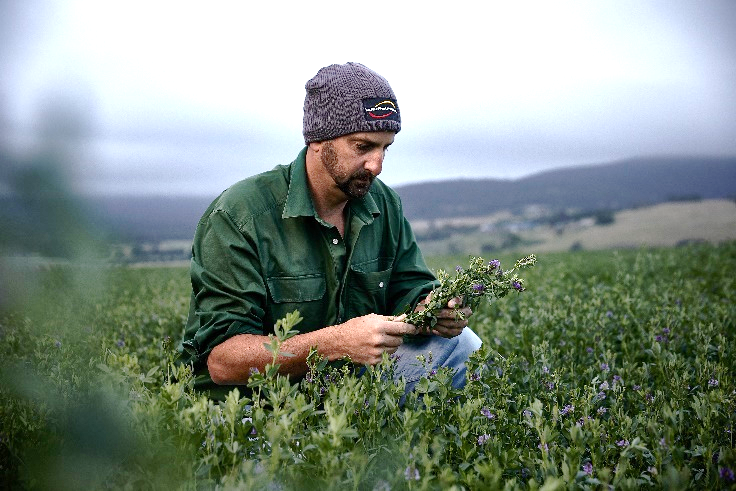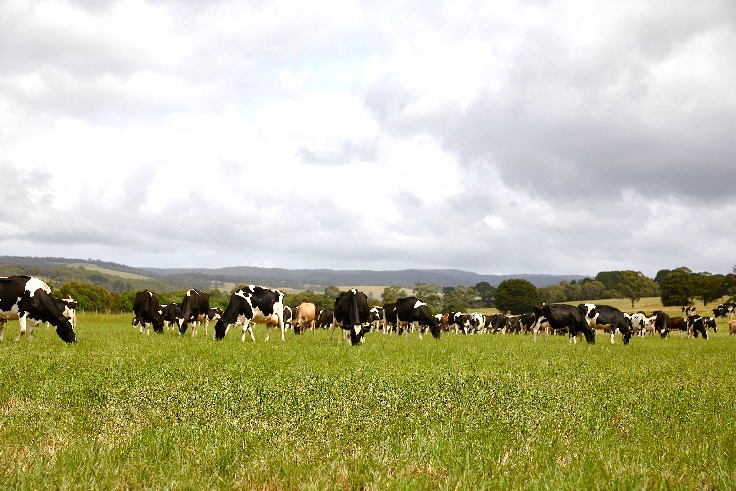Pasture recovery after flooding
Mar 31, 2022This fact sheet contains guidelines to help farmers and agronomists make informed decisions about their pasture. It goes without saying that all floods are different. They vary by water depth, water speed and the duration of inundation. These factors influence pasture survival and recovery time, as well as the fate of soil nutrients.
This fact sheet contains guidelines to help farmers and agronomists make informed decisions about their pasture.
It goes without saying that all floods are different. They vary by water depth, water speed and the duration of inundation. These factors influence pasture survival and recovery time, as well as the fate of soil nutrients.
Click here to download this article
What happens during a flood?
There are five main things that happen during a flood:
- Erosion causing the loss of topsoil and organic matter and as a result, nutrients such as phosphorus, potassium and trace elements.
- Deposition of silt, gravel and weed seeds. If the silt is deeper than 10 cm plants may not survive.
- Leaching and movement of mobile nutrients (such as nitrogen and sulfur) beyond root zone.
- Denitrification – the loss of nitrogen as N2 and NOx gas.
- Lack of oxygen causing the death of pastures and crops.
Assessing the damage
Assessing pasture damage requires some patience. Allow time for the pasture to regrow through the clay and/or silt deposits, or for rainfall to wash this material from the leaves. This will reveal the extent of pasture survival and weed infestation. This could be up to 4 weeks, which allows time to attend to other farm infrastructure recovery projects, such as fencing.
During this period, stock should be excluded from flood damaged paddocks – for animal health as well as soil health reasons. Waterlogged soils will pug causing compaction and further plant damage. It is also important to quickly remove excess ponded water from paddocks, either by drain maintenance or new drain construction.
If the flood water was moving rapidly it is likely to have removed the topsoil and stripped away organic matter and nutrients, leaving the less fertile and less productive sub soil exposed. In this circumstance, the priority is to establish a large-seeded fodder crop to stabilise the soil and begin the process of rebuilding organic material.

Soil testing will be important to determine what nutrients remain, what additional nutrients might be required and what soil constraints might exist.
Less than 3 days inundation
If the flood inundation period is less than 3 days and there is only a light coverage of silt and organic material, then pastures should recover well, albeit with potentially a higher weed burden. The net balance of key nutrients such as phosphorus should be positive, so there may be an opportunity to reduce fertiliser applications on these paddocks.
However, if the paddock needs to produce additional feed to offset the loss of production in other paddocks, nitrogen applications maybe warranted. Nitrogen should be applied only where there is an adequate plant density. Between 30-50 kg N/ha should be applied prior to a 10 mm rainfall event.
If a pasture is covered by more than 5 cm of sand, silt or gravel deposits, it may struggle to re-emerge. Physically moving the soil with a grader blade or smudger board is recommended.
If the pasture has survived, then early weed control will be important. It is likely that weed seeds have been deposited onto the paddock with the silt.
Where pastures plant densities are low, there may be an opportunity to over-sow with a fodder crop to increase the feed production and provide competition against weeds. Further renovation of these pastures maybe required in the future.
More than 3 days inundation
Pastures that have been under water for longer than 3 days are likely to have died due to the anaerobic conditions. If the plants have survived, they may be compromised due to root disease. Some pasture species such as ryegrass, phalaris, paspalum, kikuyu and tall fescue can tolerate some waterlogging and inundation. However, legume species such as lucerne cannot.
Prolonged inundation will also reduce soil nitrate nitrogen levels. As the soil fills with water, oxygen becomes limited. Under these conditions, soil microbes use soil-nitrate (NO3-N) as an oxygen source resulting in the loss of nitrogen through denitrification. The losses can be significant, especially if conditions are warm.
So, irrespective of whether the pasture has survived the flood, requires over-sowing, or needs to be resown, the soil-nitrogen levels will be deficient. Plan to topdress with nitrogen once pasture regrowth has started. If over-sowing, resowing or establishing a fodder crop, use a nitrogen and phosphorus- based starter fertiliser.
Further Information:
Lee Menhenett lee.menhenett@incitecpivot.com.au
David McRae david.mcrae@incitecpivot.com.au

